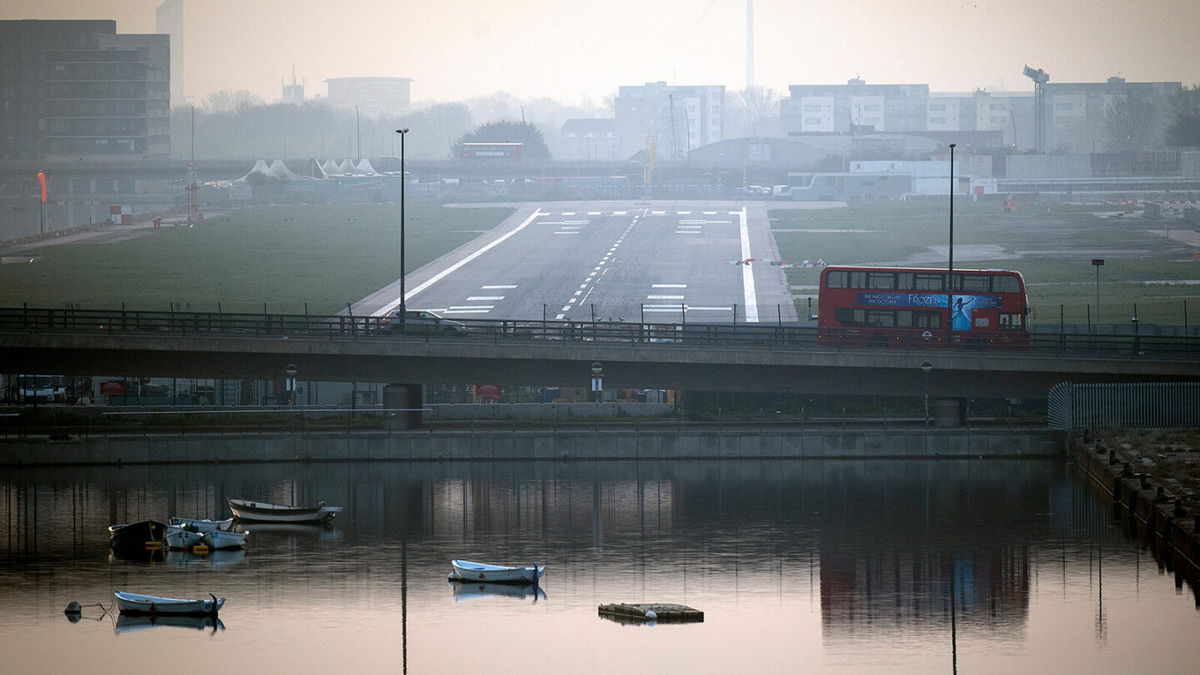Why high temperatures can make planes too heavy to take off

By Jacopo Prisco, CNN
Our planet’s rising temperatures are making it harder for planes to take off at certain airports, presenting yet another challenge to civil aviation. And as heatwaves become more frequent, the problem could extend to more flights, forcing airlines to leave passengers on the ground.
“The basic challenge facing any aircraft as it takes off is that planes are just very heavy, and gravity wants to keep them on the ground,” says Paul Williams, a professor of atmospheric science at the University of Reading in the UK. “In order to overcome gravity, they need to generate lift, which is the atmosphere pushing the plane up.
“Lift depends on several factors, but one of the most important is the temperature of the air — and as the air warms up it expands, so the number of molecules available to push the plane up is reduced.
Planes get 1% less lift with every 5.4 degrees Fahrenheit (3 degrees Celsius) of temperature rise, Williams said.
“That’s why extreme heat makes it harder for planes to take off — and in some really extreme conditions that can become impossible altogether,” he said.
The problem particularly affects airports at high altitude, where the air is already naturally thinner, and with short runways, which leave the plane with less room to accelerate. According to Williams, if a plane requires 6,500 feet of runway at 68 degrees Fahrenheit (20 degrees Celsius), it’s going to require 8,200 feet at 104 degrees (40 Celsius).
‘Global stilling’
Williams and his team researched historical data from 10 Greece airports, all of which were characterized by high summer temperatures and short runways. They found a warming of 1.35 degrees Fahrenheit (0.75 Celsius) per decade since the 1970s.
“We also found a decrease in headwind along the runway, by 2.3 knots per decade,” Williams said. “Headwind is beneficial for takeoffs, and there’s some evidence that climate change is causing what’s called ‘global stilling,’ which is why the winds seem to be slowing down.”
The team then put those temperatures and headwinds into an aircraft takeoff performance calculator for a variety of different aircraft types, including the Airbus A320 — one of the most popular planes in the world.
“What we found was that the maximum takeoff weight has been reduced by 280 pounds (127 kilograms) each year — that’s roughly equivalent to the weight of one passenger plus their suitcase, meaning one less passenger each year that can be carried,” Williams says.
From its introduction in 1988 up until 2017, the A320 would have seen its maximum takeoff weight reduced by over 8,000 pounds at Chios Island National airport, the main airport in the study, which has a runway length of just under 5,000 feet (1,500 meters).
London’s City Airport, in the UK capital’s financial district, also has a runway that’s just under 5,000 feet in length. During a heatwave in 2018, more than a dozen flights were forced to leave passengers on the ground in order to take off safely. One flight saw as many as 20 people bumped.
In 2017, dozens of flights were canceled entirely over a few days at Phoenix’s Sky Harbor International airport, as temperatures reached 120 degrees Fahrenheit (48.8 Celsius), which is above the maximum operating temperature for many passenger planes.
A study from Columbia University predicts that by 2050, a typical narrowbody aircraft like the Boeing 737 will incur increased weight restrictions by anything from 50% to 200% during the summer months at four major US airports: La Guardia, Reagan National Airport, Denver International and Sky Harbor.
Possible solutions
Luckily, airlines are not powerless against the issue.
“There are lots of solutions on the table,” says Williams. “One would be to schedule departures away from the hottest part of the day, with more early morning and late evening departures, which is a tactic already used in hot areas like the Middle East.”
Lighter aircraft are also less affected by the problem, so this could accelerate the adoption of composite materials such as carbon fiber for airframes, Williams says.
In the meantime, manufacturers like Boeing are already offering a “hot and high” option on some of their aircraft, for airlines planning to use them extensively in high altitude, high temperature airports. The option provides extra thrust and larger aerodynamic surfaces to make up for the loss of lift, with no change to range or passenger capacity.
Of course, a more drastic approach would be to lengthen runways, although this might not be possible at all airports.
In some cases, where none of these solutions are applicable, passengers will simply have to give up their seats. But, says Williams, this will remain a niche problem for the near future, at least: “People being bumped off aircraft because it’s too hot is rare and will remain rare. Most planes are never at their maximum takeoff weight, so this will happen in marginal cases — mostly airports with short runways, at high altitude, and in the summer,” he says.
However, the longer-term future may be more difficult, he adds: “I don’t think it’s going to be a major headache for the industry, but I do think the evidence is strong that it will get worse.”
(Top image: High temperatures and heat waves distort the image of a passenger jet as it taxis for takeoff at Washington, DC’s Ronald Reagan National Airport in August 2002. Credit: PAUL J. RICHARDS/AFP via Getty Images)
The-CNN-Wire
™ & © 2022 Cable News Network, Inc., a Warner Bros. Discovery Company. All rights reserved.
